Visiting Asakusa's Sensoji Temple for the First Time: Tips from Locals

Before traveling to Asakusa, check this article to learn what Sensoji Temple means to Tokyo locals and how to enjoy your visit. We also introduce popular souvenirs and tasty food to try near Sensoji.
Visiting Sensoji Temple in Asakusa is a must if you're traveling to Tokyo for the first time. In this article, we explain what makes this temple so special and offer tips on how to enjoy your visit, including recommended souvenirs and tasty local food!
About Sensoji Temple
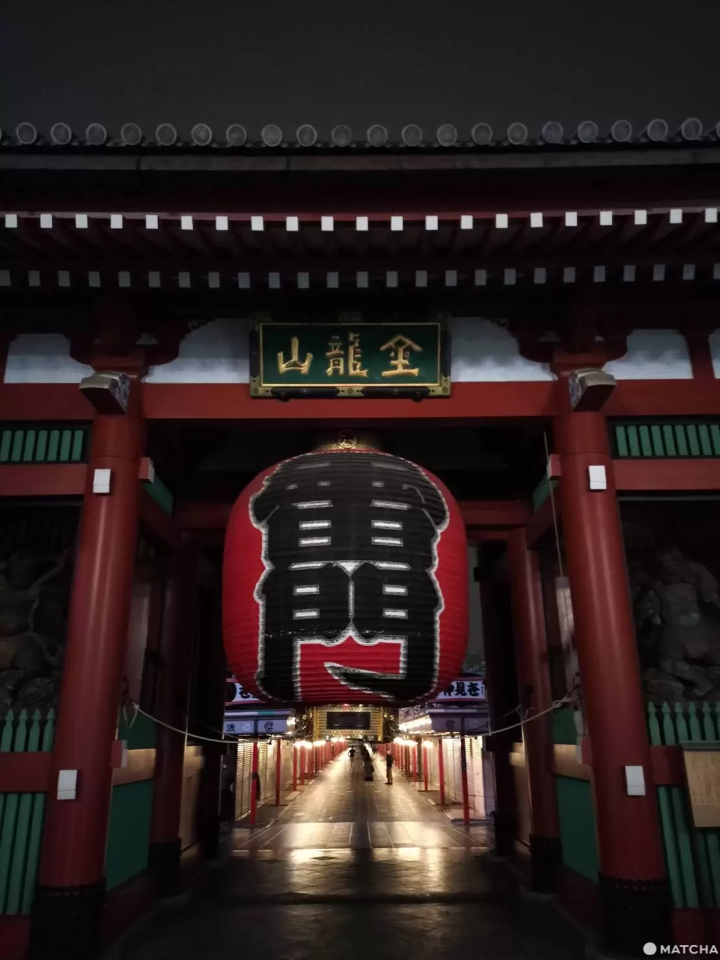
Sensoji Temple is the oldest Buddhist temple in Tokyo, with a history dating back nearly 1,400 years, having been founded in 628.
It is a popular tourist destination both domestically and internationally, drawing approximately 30 million visitors annually. The temple boasts four main attractions:
- The Kaminarimon Gate: The symbolic entrance to Sensoji Temple.
- Nakamise Street: One of the oldest shopping streets in Japan.
- The Hozomon Gate: Home to the two powerful Niomon statues.
- The main temple hall: The central building of Sensoji Temple.
Japanese Customs Related to Visiting Sensoji

Before entering Sensoji Temple, many people pass through the smoke of incense. This custom is believed to purify the body and mind. The smoke is thought to cleanse away evil spirits and invite good fortune.
Additionally, people often direct the smoke toward specific parts of their body, hoping for healing or to prevent illness. This tradition has been passed down for generations as a way to prepare oneself for a sacred encounter with the divine.
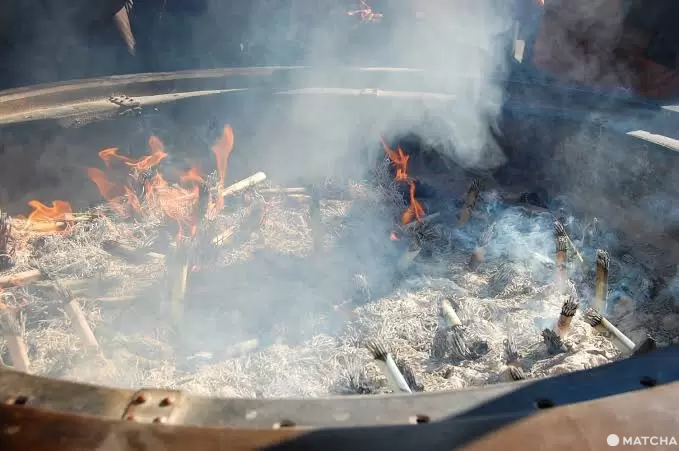
As a visitor to Sensoji, you are of course free to explore the grounds at your pace.
Japanese visitors usually perform a fixed ritual called "sanpai." Each step of this ritual has a certain spiritual meaning, which we explain below:
1. Enter through the main gate, which at Sensoji is Kaminarimon.
2. Get purified by the sacred smoke at the temple before entering.
3. Approach the main hall respectfully. Once inside, please be silent so as not to disturb other visitors.
4. At the offering box, toss in a small coin as a donation.
5. After placing the coins, put your hands together without clapping.
6. Offer a wish silently (e.g., your happiness).
7. Step back and make way for others.
Tips: When you visit temples, it is highly recommended not to wear sandals or jeans as they may not be suitable for such a sacred place.
Try Your Luck with Omikuji Fortune Paper Slips
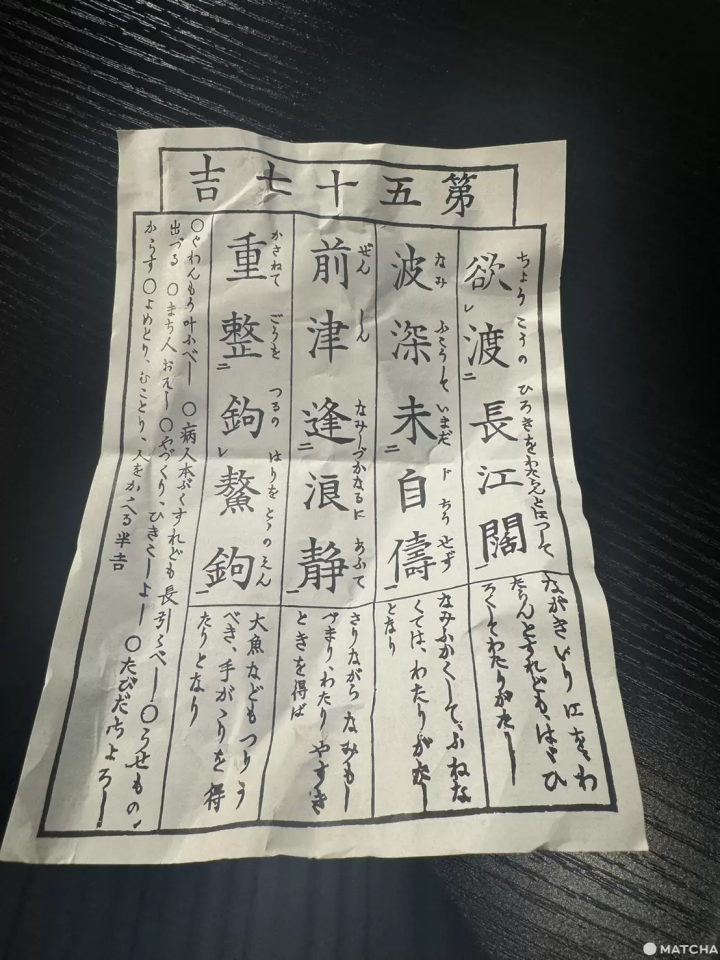
Omikuji, traditional Japanese fortune slips, offer a unique glimpse into one's future and hold deep historical significance. Originating from Shinto shrines and Buddhist temples, Omikuji are drawn by individuals seeking insight and guidance on various aspects of their lives.
The practice dates back to ancient Japan, with its roots in Shinto rituals and Buddhist practices that emphasize the divine connection between humans and the spiritual realm.
Historically, Omikuji have been used since the Heian period (794-1185) and were initially inscribed on wooden tablets. Over time, they evolved into paper slips, which are now commonly used at temples and shrines. Each slip can predict a range of fortunes, from great luck to misfortune.
Drawing an Omikuji slip with Kyo, the "worst" fortune, can be disheartening as it suggests that one might face significant challenges or adverse outcomes. However, this negative fortune serves not as an absolute decree but as a call for caution and reflection. It encourages individuals to approach their plans with extra care and seek advice to mitigate potential risks.
Overall, Omikuji blends historical tradition with practical advice, offering a unique perspective on navigating life's uncertainties.
Read also
Ningyo-yaki Sweets: Our Recommended Souvenir from Nakamise-Dori

Nakamise Dori is a bustling shopping street that leads to Sensoji Temple. This historic avenue is lined with nearly 90 shops, offering a wide variety of traditional Japanese goods, snacks, and souvenirs.
Ningyo-yaki, a traditional Japanese confection, captivates many with its delightful appearance and delicious taste.
Ningyo-yaki translates to “doll cakes” and are small, intricately shaped cakes often resembling dolls, the Seven Lucky Gods, or famous landmarks like the Kaminarimon Gate. The variety of shapes makes them visually appealing and fun to look at, making them a popular souvenir from tourist spots.
The cakes are made from a fluffy, sponge-like batter similar to castella and are typically filled with sweet red bean paste. Recently, there have been many variations, including matcha (green tea) paste, sakura (cherry blossom) paste, and custard cream, offering a range of flavors to enjoy.
Must-Try Food Near Sensoji Temple
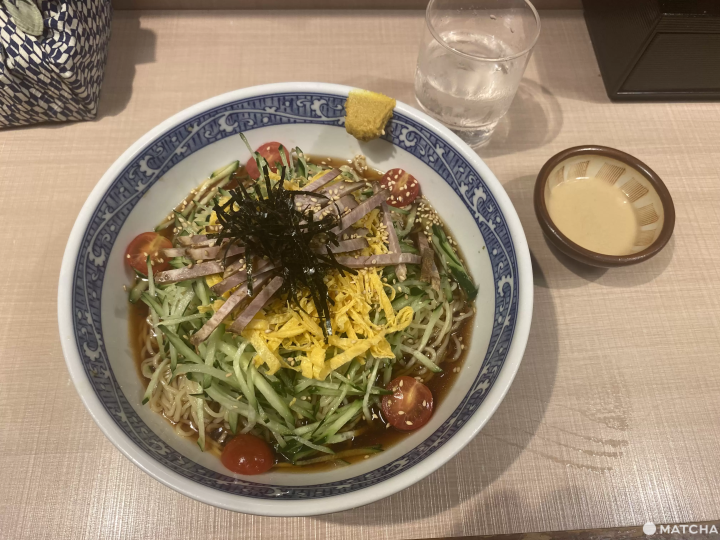
Asakusa is a fantastic place to indulge in delicious Japanese cuisine. When you visit, don’t miss the opportunity to wander along Nakamise Street, where you can savor many delectable treats. From crispy tempura to savory okonomiyaki—pancakes crafted with various ingredients—you'll find a range of flavors to delight your taste buds. One snack that stood out to me was taiyaki, a fish-shaped pastry brimming with sweet red bean paste, ideal for a quick and tasty treat.
During our visit, we decided to venture into something new by trying Matcha beer. Excited due to our mutual love for matcha and beer, we anticipated a unique blend of flavors. However, upon the first sip, it resembled regular beer, offering only a subtle hint of matcha. Although it didn't quite meet our expectations of uniqueness, it was an enjoyable experience nonetheless.
Asakusa also boasts numerous traditional Japanese eateries where you can relish sushi, soba noodles, and kaiseki—a multi-course dining experience. Whether you prefer street food or desire a sit-down meal, Asakusa caters to all tastes. The culinary offerings here provide a wonderful opportunity to immerse yourself in Japanese culture while encountering a few modern surprises along the way.
Read also
Enjoy Exploring Asakusa
Sensoji Temple is just one of the many amazing places to visit in Asakusa.
Read also
The P.A.L. Project is an international exchange project affiliated with the Keio University Welfare Institution’s Institute of International Relations (I.I.R.). It stands for "Promoting Asian Leadership" and aims to deepen understanding of Asia while reflecting on the leadership qualities that students should possess to lead the next generation.



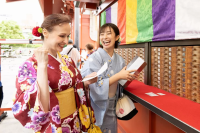





































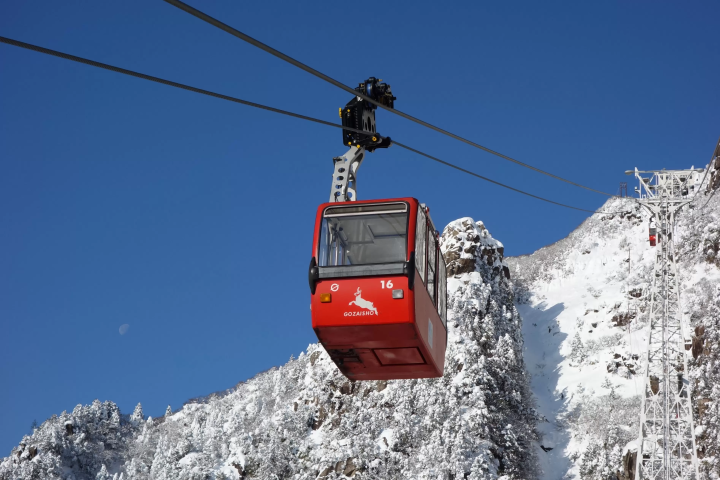
![[2026] The Matsusaka Lantern Festival will be held to light up the winter night sky!](https://resources.matcha-jp.com/resize/720x2000/2026/01/05-254777.webp)
![[List of Traditional Industry Experiences] Factory tours and craftsmanship experiences in southern Osaka and Wakayama](https://resources.matcha-jp.com/resize/720x2000/2025/11/06-249221.webp)
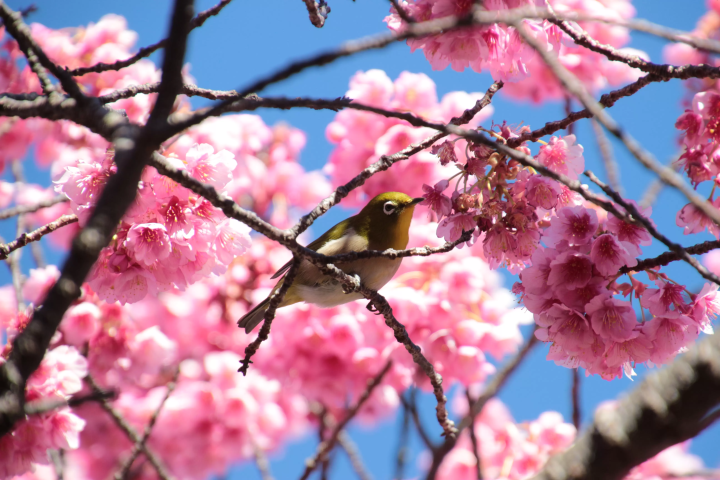
![[Coupons available] If you want to enjoy shopping for sporting goods, head to the Alpen flagship store!](https://resources.matcha-jp.com/resize/720x2000/2026/01/16-255845.webp)